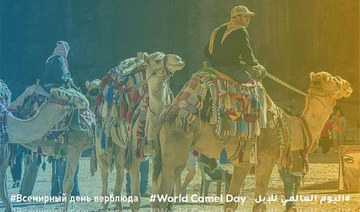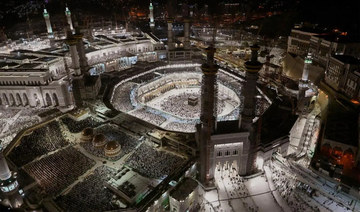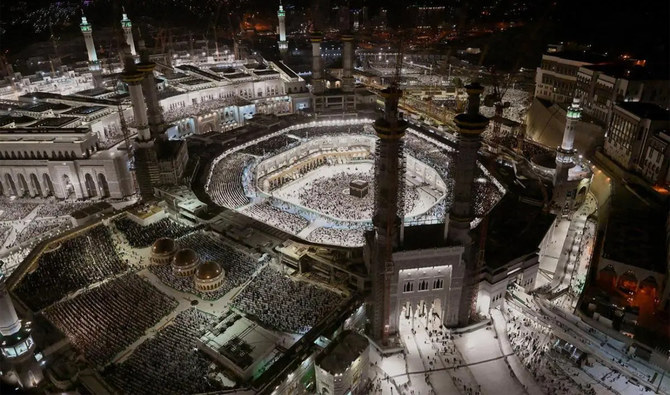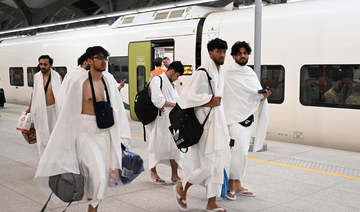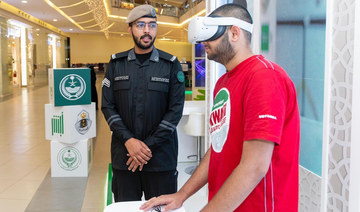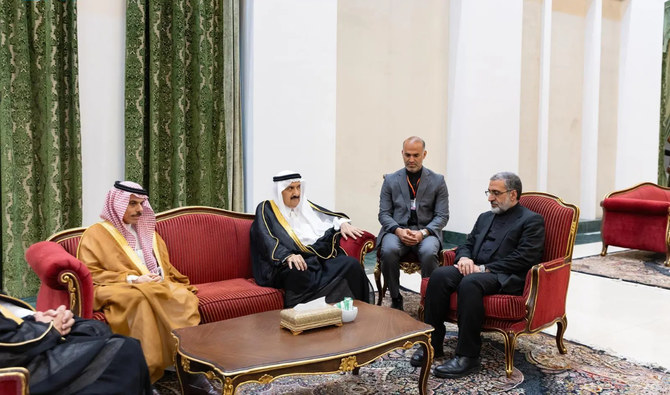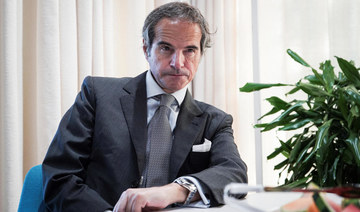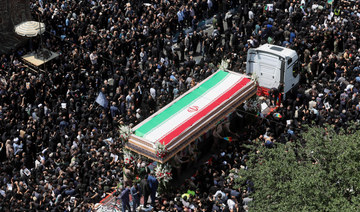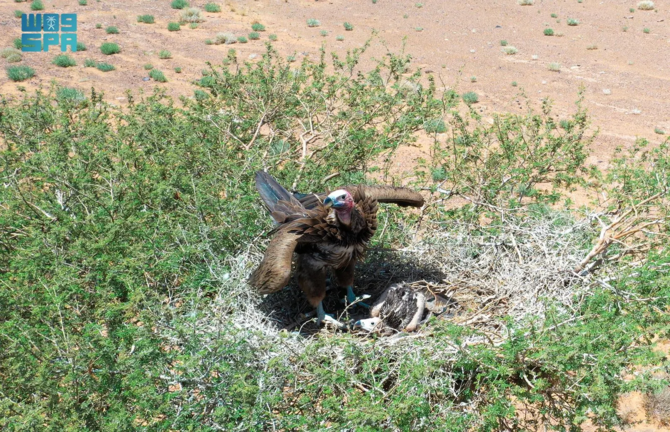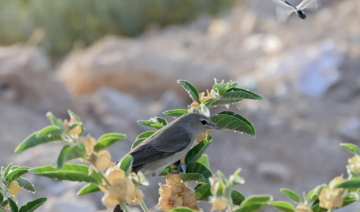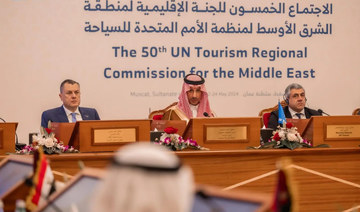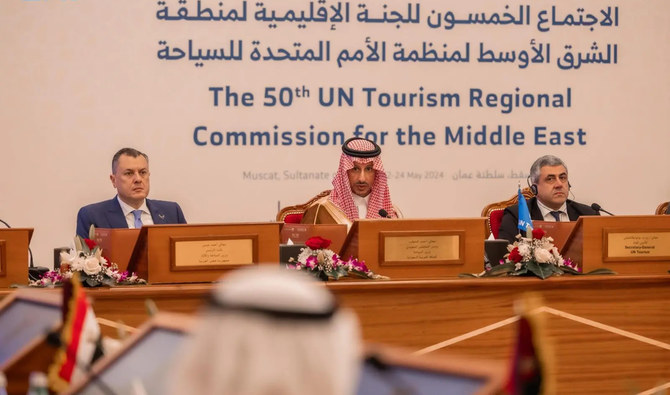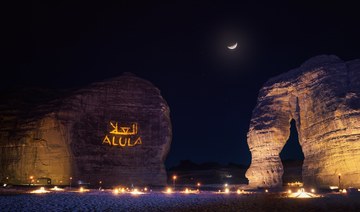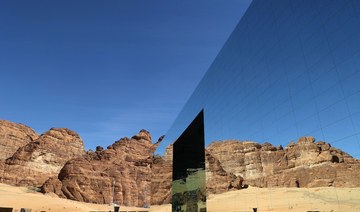RIYADH: King Abdulaziz Public Library hosted the launch of the book “The Camel Through the Ages,” alongside an exhibition on the animals in Riyadh recently.
The event was attended by Princess Adila bint Abdullah, president of the consultative committee of the National Museum, Prince Faisal bin Abdullah, who gave a speech at the event, the leaders of several cultural and scientific bodies, and ambassadors.
The exhibition is a joint project between the library and the Layan Cultural Foundation and will conclude on June 2. It highlights the heritage and culture surrounding camels since antiquity, and the intimate relationship between humans and the animal.
“Many academics and researchers have been recruited to work on the book which took about seven years to be completed. The book focuses on camels throughout history until the Islamic period,” explained Dr. Saad bin Abdulaziz Al-Rashed, a Saudi historian and archaeologist, and one of the book’s leading authors.

The exhibition was a tribute to Saudi archaeologist Dr. Abdulrahman bin Mohammed Al-Tayyib Al-Ansari (Photo by Saad Aldossari)
The publication consists of two volumes and includes various academic articles written by expert scholars from the Kingdom and beyond. It has been published in Arabic and English and includes images of archaeological finds and artifacts from several international museums, depicting the history of camels and recent archeological discoveries in the Arabian Peninsula.
“One volume is research-based, and the other is a catalog. It is a tribute to the famous Saudi archaeologist Dr. Abdulrahman bin Mohammed Al-Tayyib Al-Ansari, who was on the scientific committee of the “Horses Through the Ages” book, which also took a long time and included two editions,” said Al-Rashed.
As part of the Kingdom’s efforts to preserve Arabic and Islamic culture and heritage, the exhibition covers various aspects of the history of the Arabian Peninsula, which includes the use of camels.
“We take pride in everything related to heritage. The Arabian Peninsula is the cradle of ancient human civilizations,” said Al-Rashed.






